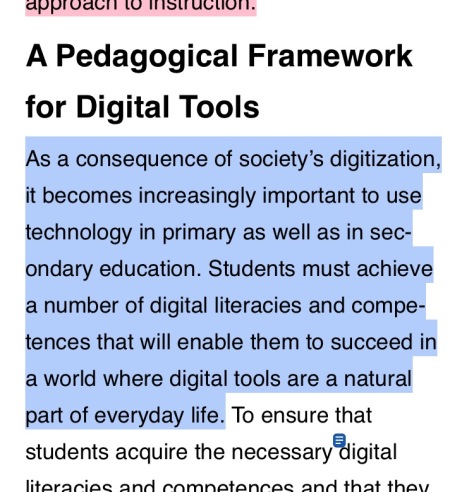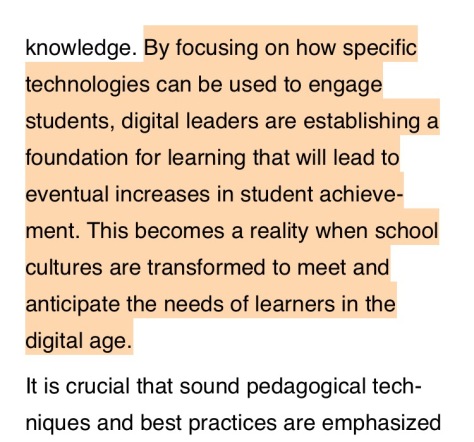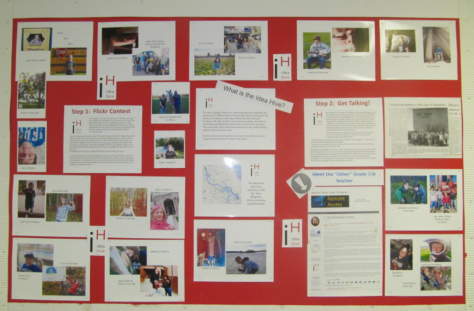Today is Day 15. If you are just starting today, please feel free to work on this session, or to begin on Day 1.
If there is no sharing, there is no learning.
Bloggers take time to share. They make their learning and thinking open and searchable. Taking time to read educator blogs helps you to learn from practitioners and to challenge your understanding of best practice.
How do you nurture those who model sharing and connected learning?
Take a moment to thank a blogger, to comment on a connection, to extend their thinking or to share a related story. Let them know you care.
Today we look at the process of learning to comment on blogs.
This will be our last group session on 30 Days of Connected Leadership for 2015. We will return to this work in January.
We will now highlight Ontario Education Bloggers on the OSSEMOOC site, and continue the learning on Twitter for Absolute Beginners, and Twitter for Education Leaders.
TEN MINUTES OF CONNECTING: DAY 15 – COMMENTING ON BLOGS





 On my way back to northern Ontario, I was reflecting on what a privilege it is to be part of a group of educators so passionate about what is best for children, so knowledgeable about digital resources and so determined to make a difference. I am proud to have them in my PLN, both face-to-face as it was this past week, and over social media, as we work together until our next opportunity for a f2f session.
On my way back to northern Ontario, I was reflecting on what a privilege it is to be part of a group of educators so passionate about what is best for children, so knowledgeable about digital resources and so determined to make a difference. I am proud to have them in my PLN, both face-to-face as it was this past week, and over social media, as we work together until our next opportunity for a f2f session.







